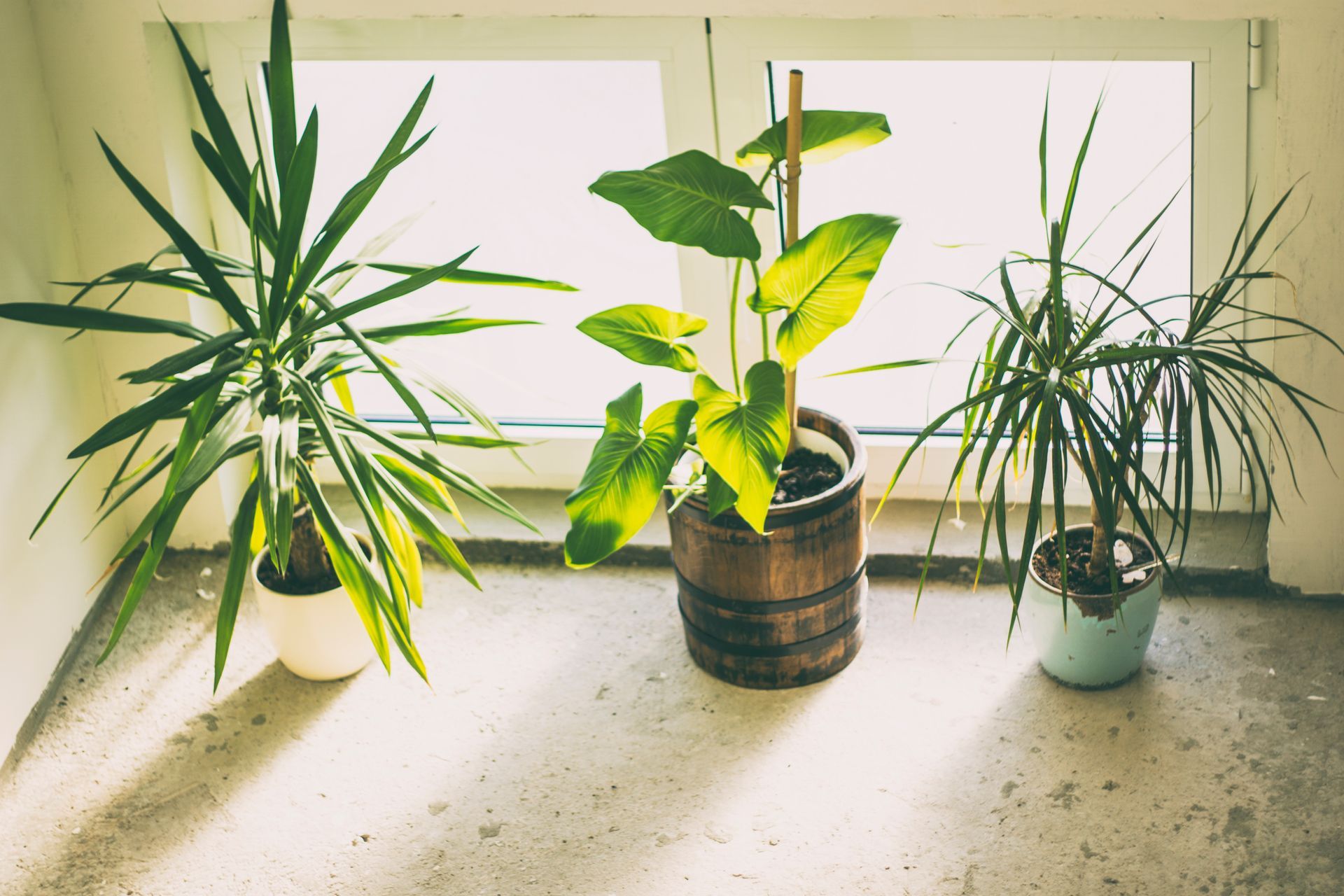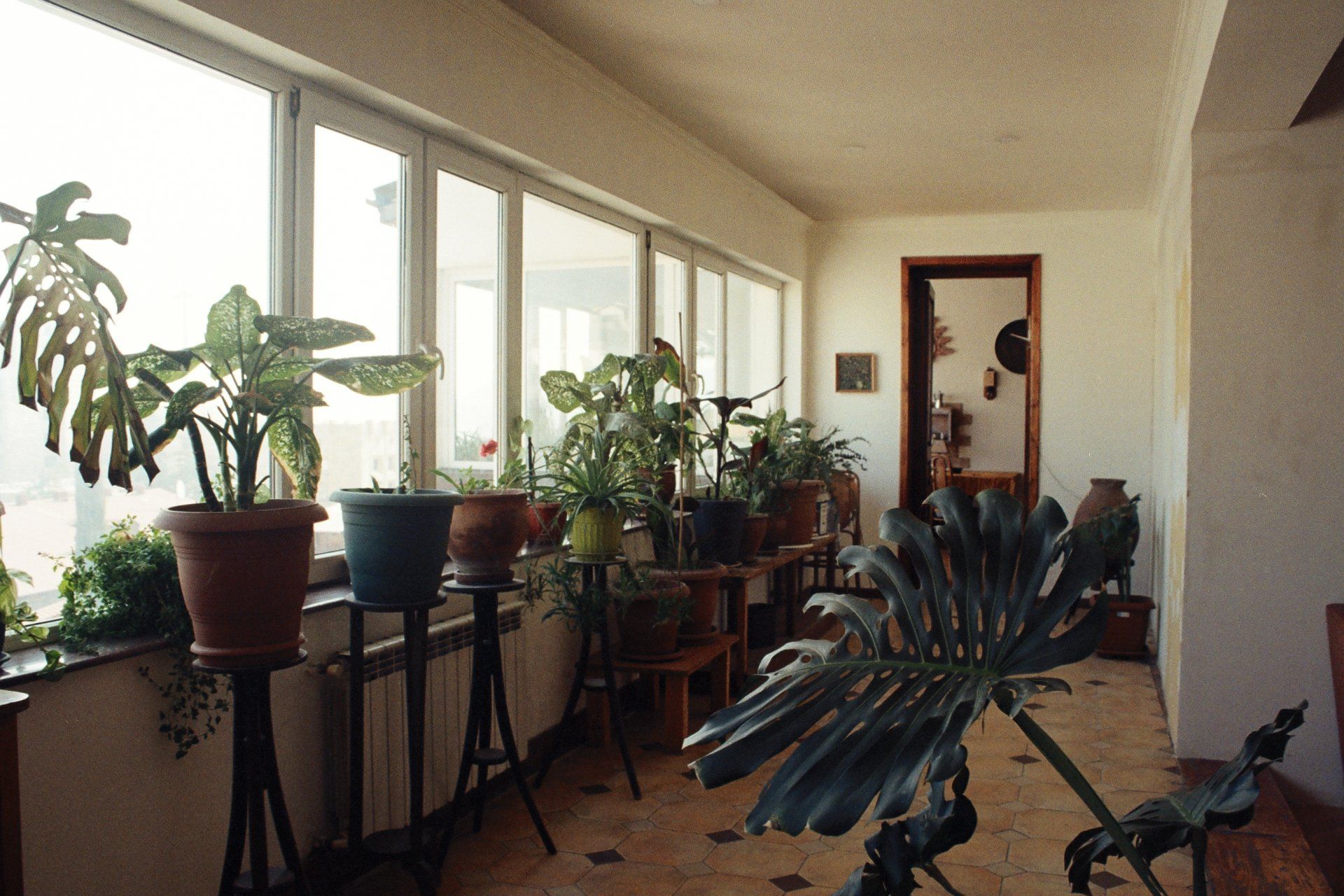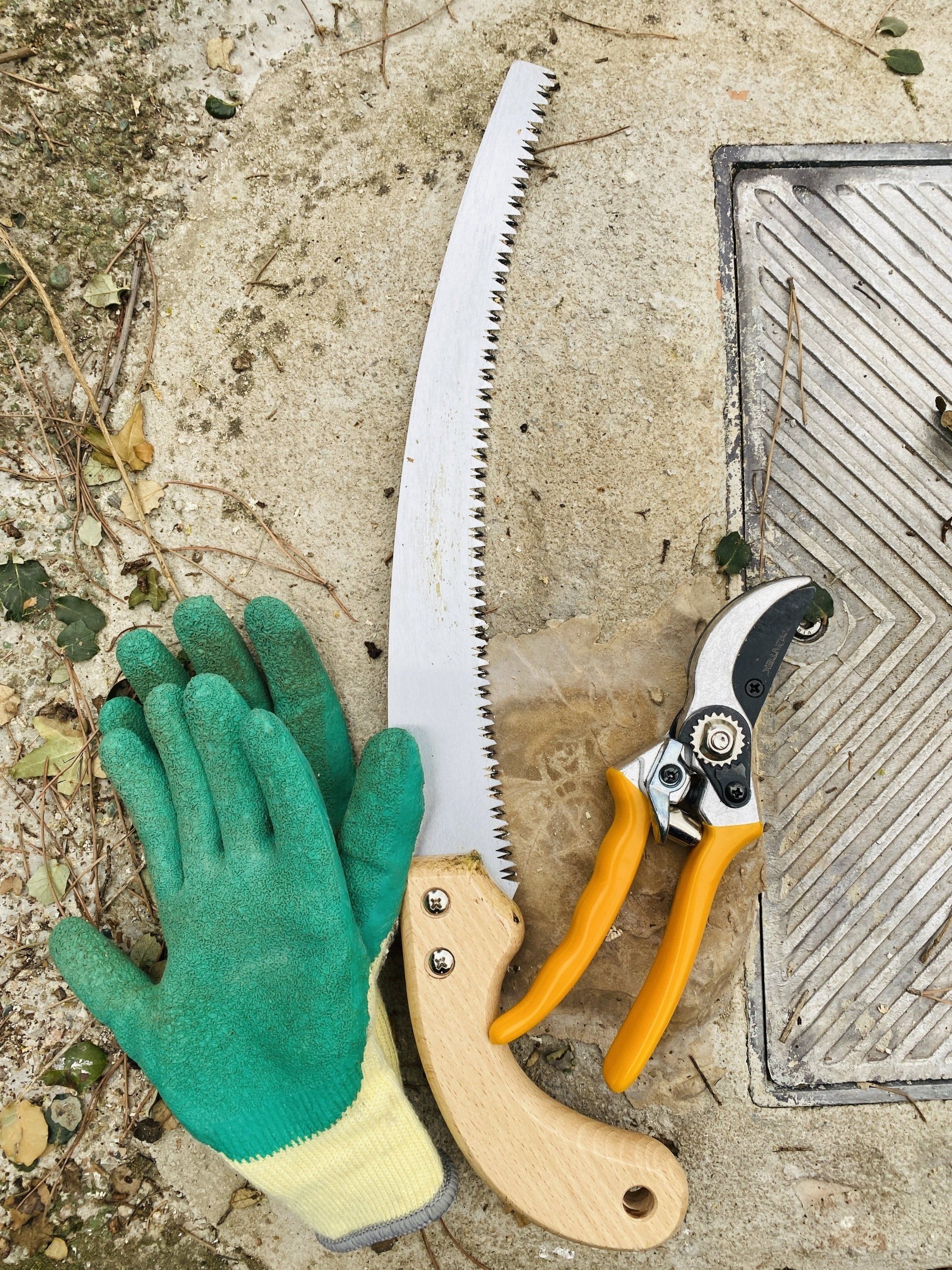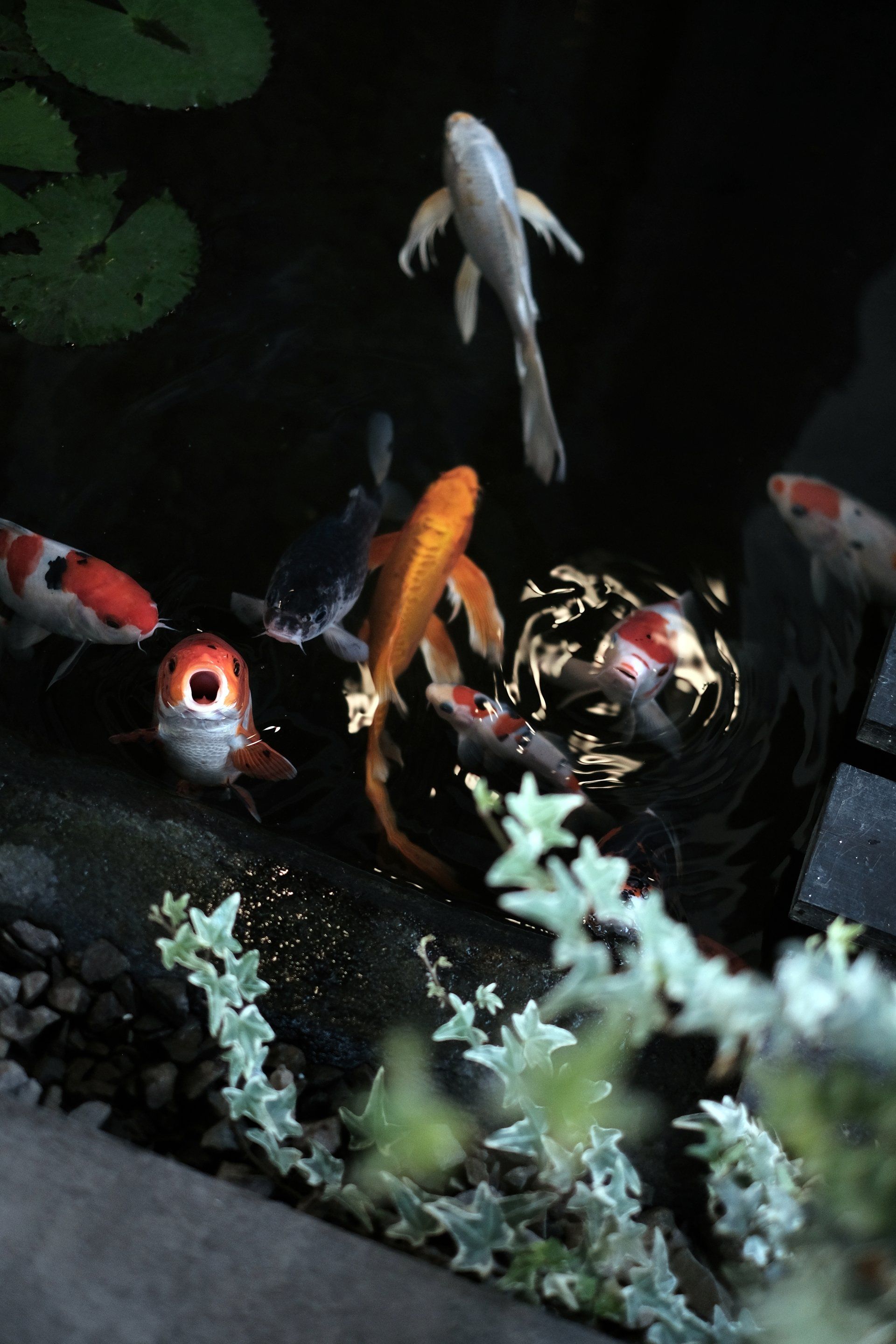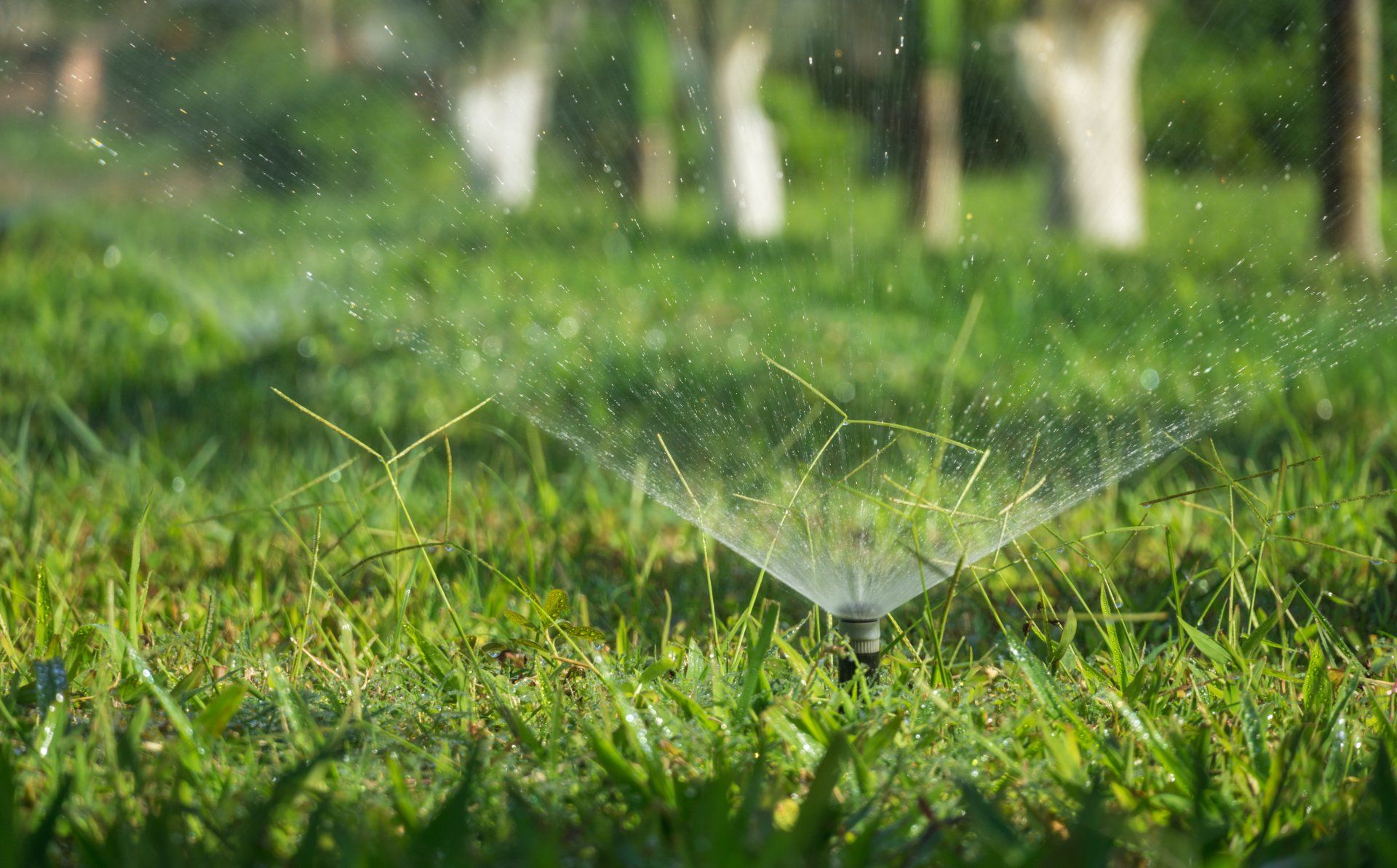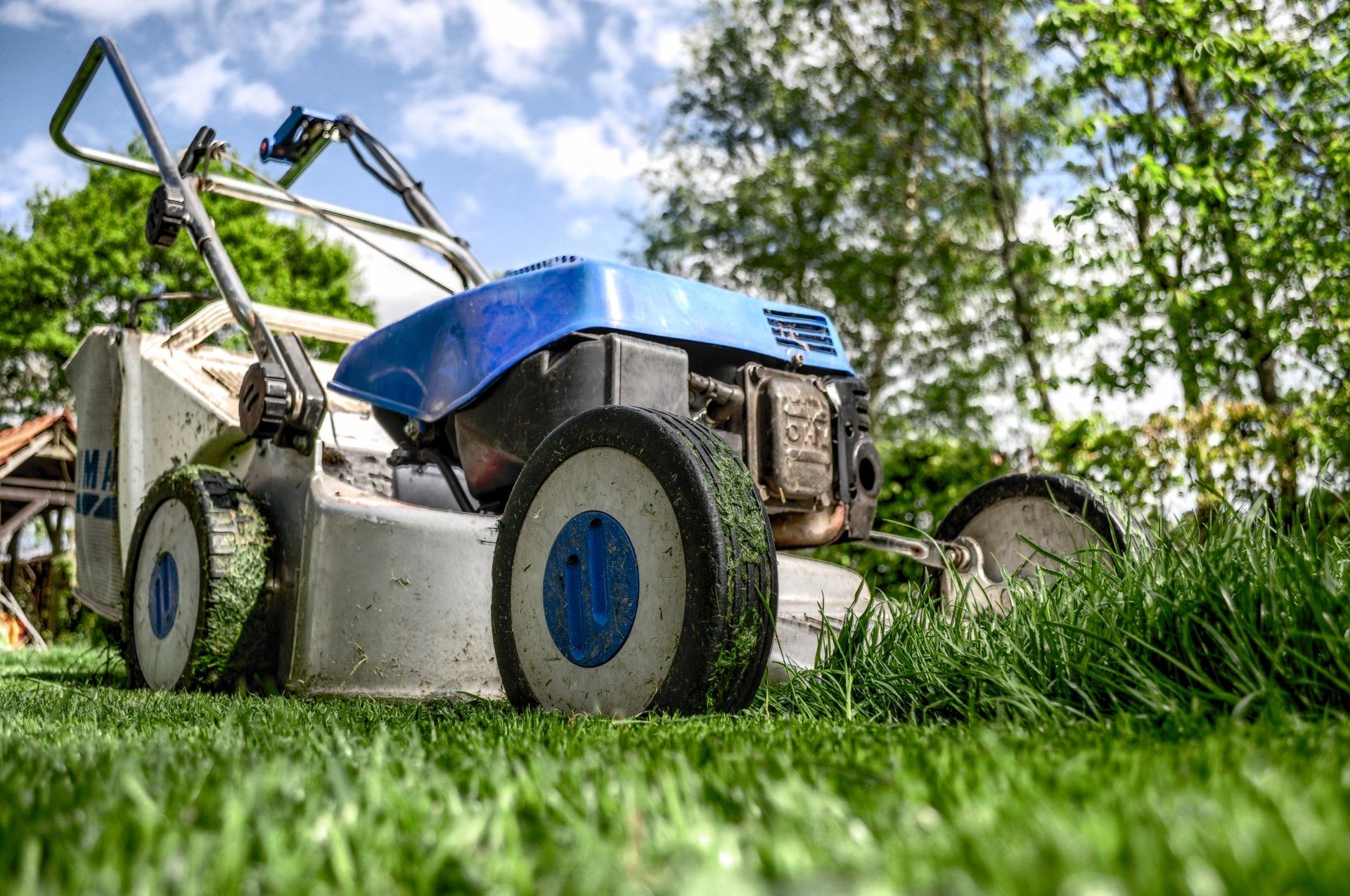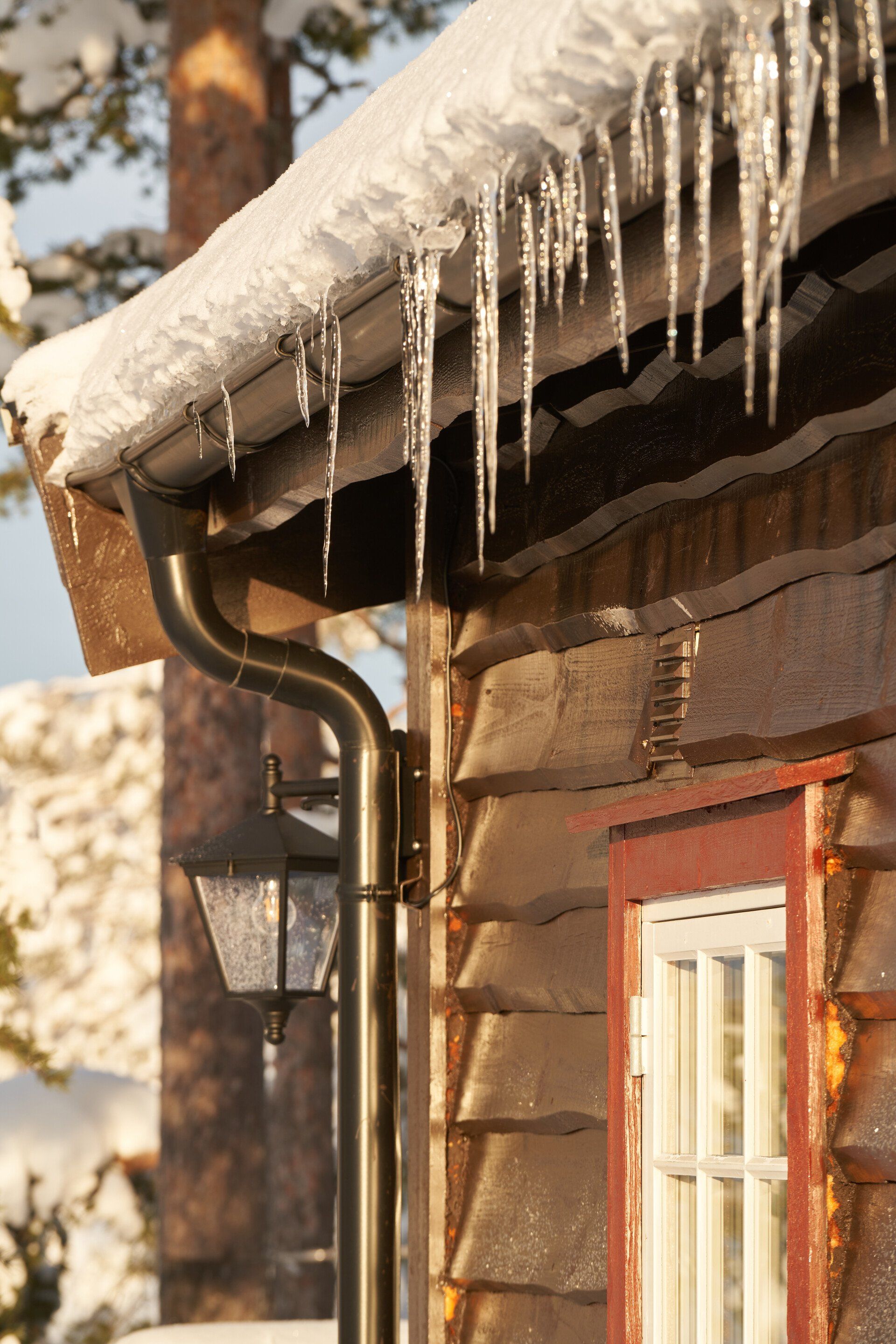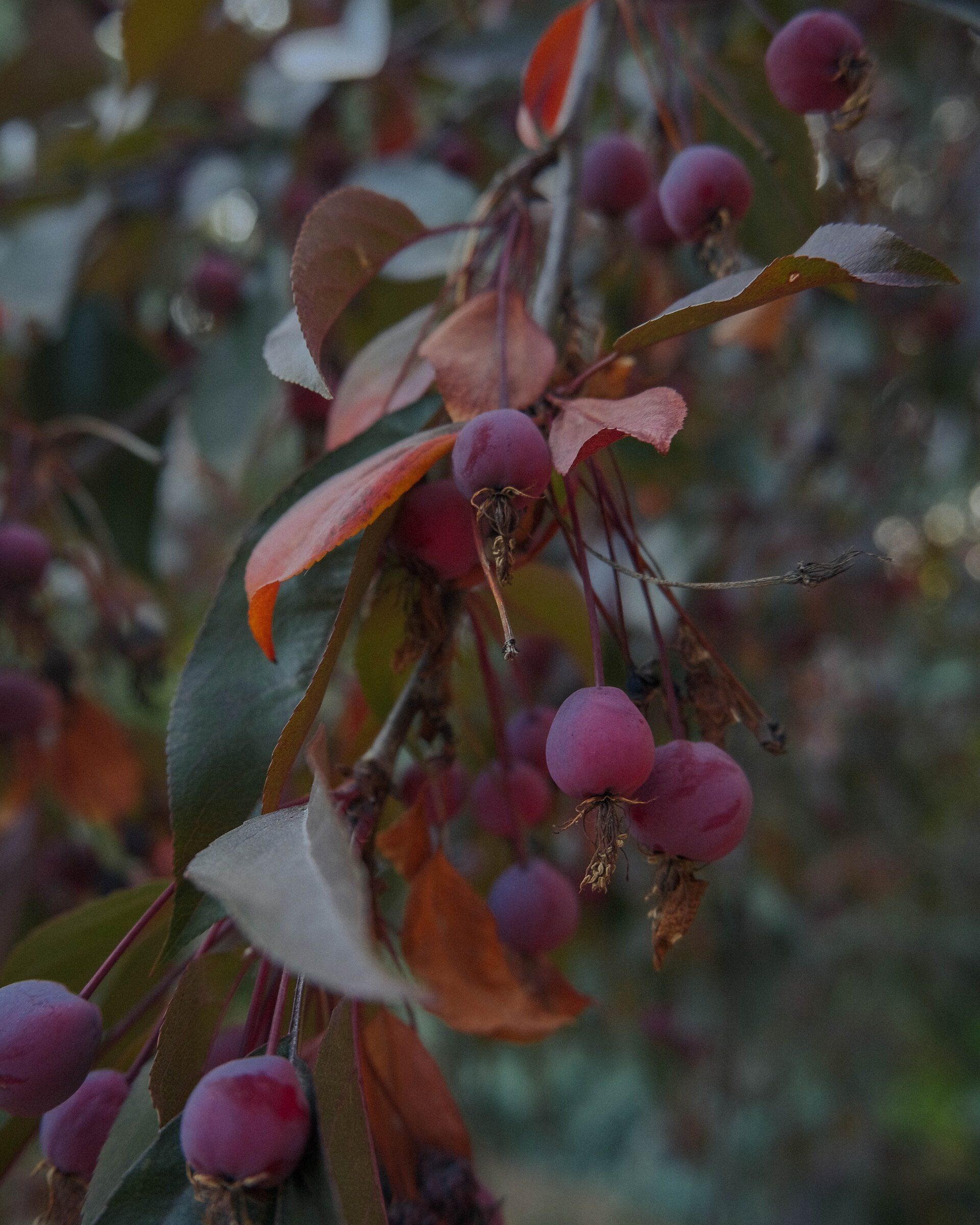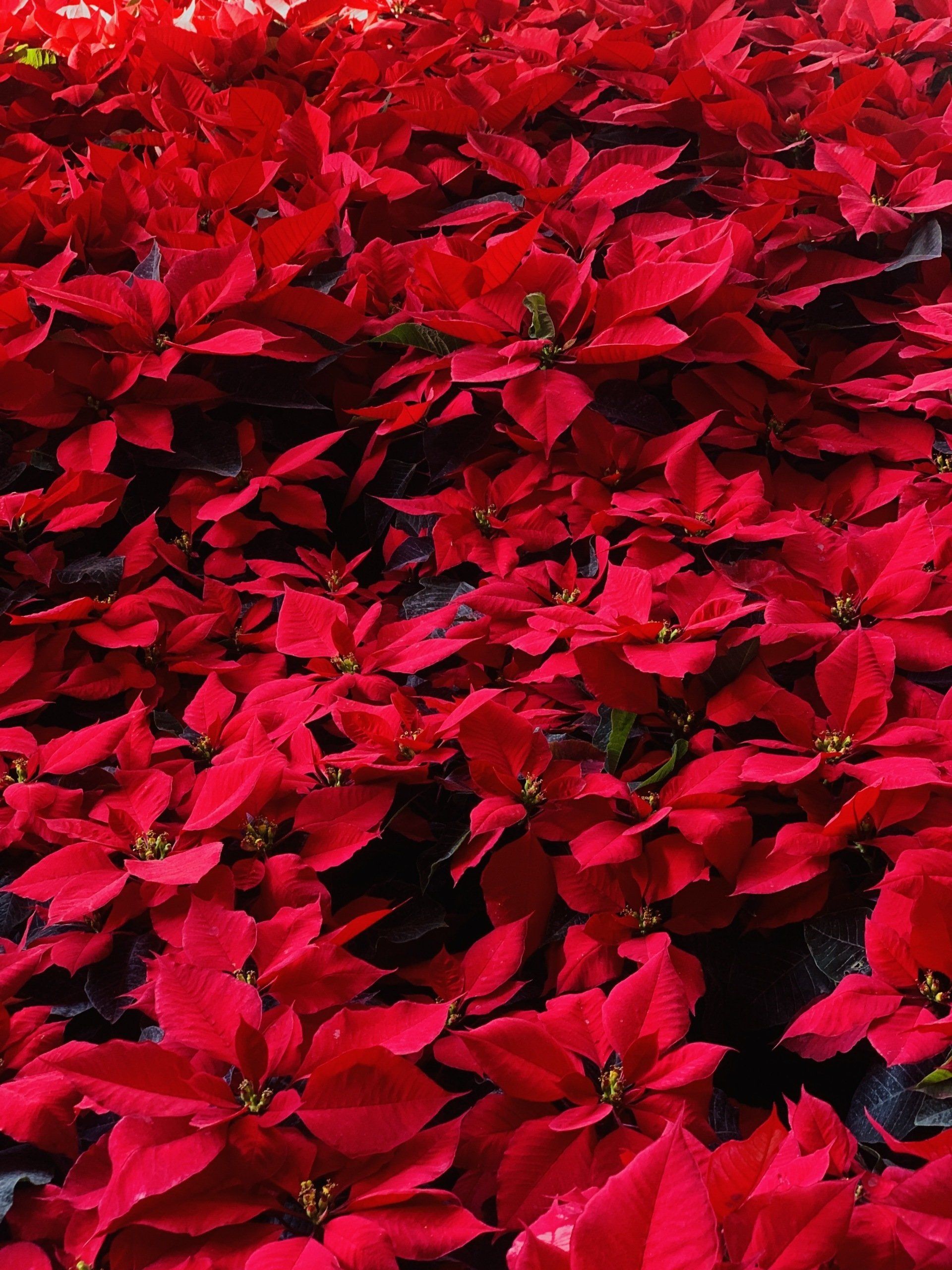How to prepare flower beds
How to prepare flower beds
Once established, annual flowers can be placed around your home's exterior. They are very easy to care and maintain. They do require some skills and specific steps to ensure they flourish. Let's take a look at some of the tasks you will need to prepare flower beds to be planted in spring.
Assessing the Bed Foundation
Assess what soil, available space, and existing growth you have before you begin. Is the soil ready for planting? Is it necessary to prepare the soil for planting, such as by fertilizing, tilling, or preparing it in any other way? Do you have shrubs or flowers? Are you happy to keep existing pants and/or shrubbery? Or do you prefer to start from scratch. Utilizing shrubbery or plants already in use can lower your overall cost. It also gives you a solid foundation to build on, provided that it matches what you plan to plant.
How to Get to the Root Cause of the Weed Issue
Get a little dirty! While weed control has a poor reputation, it is not difficult. Remember that you will never be able to eliminate all weeds. Weeding is just like washing your car. The good news? You have many options.
It is fine to pull young plants by hand, as long as you get the root. The root will grow back if the weed isn't removed. This method is not recommended for large areas. Also, weeds that were not killed may re-grow quickly and spread rapidly. To prevent future weed problems, kill or remove root weeds. You should weed your beds only after there has been a lot of rain. The soil will become moist and allow roots to escape from the soil quicker, allowing for less root growth later.
Another method is to use an instrument, such a shovel, trowel, or "weed puncher." This allows you to get the whole root. It's especially helpful in the spring when the weeds have yet to take root. This is a great way to learn how to remove weeds.
Spraying weeds can be a common option and is generally more efficient than manual labor. There are several herbicides you can use, both select and nonselective. Nonselective herbicides kill most plants it comes in direct contact with. Selective herbicides kill only broad-leaf plants. Be sure to spray when there is no wind or minimal disturbance. Also, keep a piece cardboard between plants you don’t want to spray.
Clear Out All Debris and Leaves
The next step in clearing the planting bed is to continue cleaning it. To remove any fallen leaves and twigs, you can use a rake. You can use a blower or rake to remove the accumulation of leaves over the winter. Blowing the leaves off the lawn and onto the beds will make it easier for you to rake up the leaves and bag them. Once you've removed all debris and leaves, you can inspect the soil to see if it's ready for planting.
You can also add compost
Compost is crucial for soil health. It is beneficial for plants as it gives nutrients and lightens clay soils. However, it retains more moisture than sandy soils. There are many options for compost. You can make your organic compost yourself from scraps of fruit and vegetables, coffee grounds, eggshells, and other materials. Mix some soil from your garden with the compost you've added to each planting hole to promote healthy plant growth. Top-dress the entire plant bed with a couple inches of compost.
Turn the Soil
To loosen compacted soil, you can turn it with a shovel. When you turn the soil, be sure to incorporate the compost. This will improve the soil profile, and will help new plants grow more efficiently. You don’t need to dig as deep as a foot; 2 to 4 inches is often enough. Once you have completed this step, it will be much easier to plant new flowers in the loosened dirt. Because roots can be spread more easily in loose soil, the plants will perform better over the entire growing season.
Mulch is a good choice to top the Planting Beds
Mulch can be added last to your flower gardens. Mulch can be both decorative and useful. Mulch is made from bark, wood chips or other materials and can be used for covering the beds. Mulch is also a good way to stop weed growth. It reduces the amount of seeds entering the flower beds soil and starts sprouting. Mulch can also help plants and flowers not to dry out so it holds moisture better. It's a good idea for landscape fabric to be applied to flower beds that have been covered with gravel or rock. This will help to prevent weed growth. If you are using bark or woodchip mulch to cover your flower beds, no fabric is necessary.
Give Your Beds an Elegant Look
You can frame your flowers by edging them after you have finished preparing the flower beds. Edging is a great option to distinguish the flower beds from other areas in the yard. It can also make them stand apart. Some grass varieties will grow if given the chance. Edging is not only an aesthetic choice, but it can also prevent your grass from overtaking your flowerbeds. The trench can be a simple one that you dig between the flower bed and the lawn. Bricks, plastic edging, wood or bricks can also be used to frame your beds. Each choice has its merits and cons. However, each serves the same purpose in keeping your flower beds looking great.
Adding a finishing touch
Finally, designing your flower gardens is a great part of the project. This is your opportunity to use different flowers and plants.
But you are not done yet. Here are two important things to remember. Use a fertilizer to fertilize the flowers. This will allow your flowers to grow and produce vibrant blooms. This will help the fertilizer bind to the soil. Because you're adding moisture to the soil you've been working in, your first watering may take longer than normal.
Now it's time to enjoy your creation. You can enhance the beauty of any property by adding flower gardens to its landscape. The bright colors can change the feel and appearance of your house and make it more welcoming.
